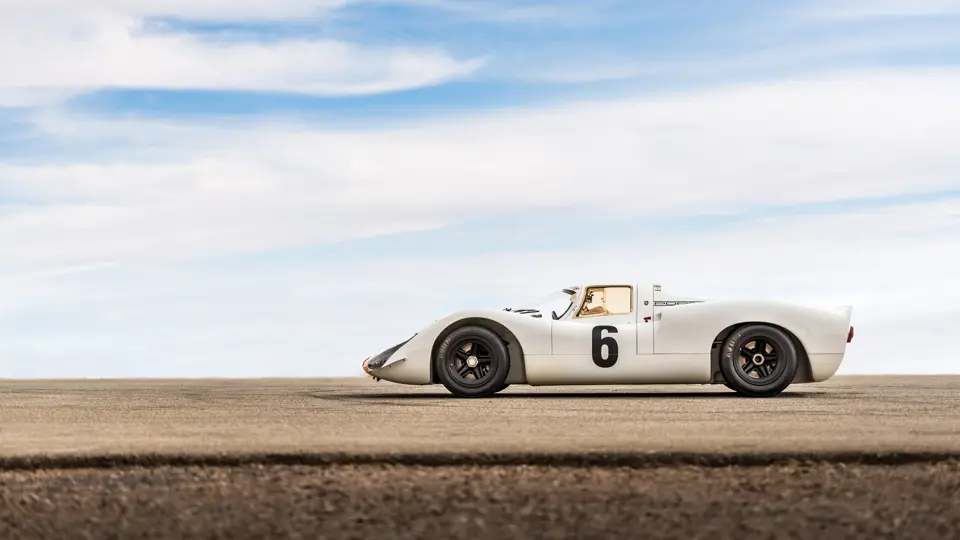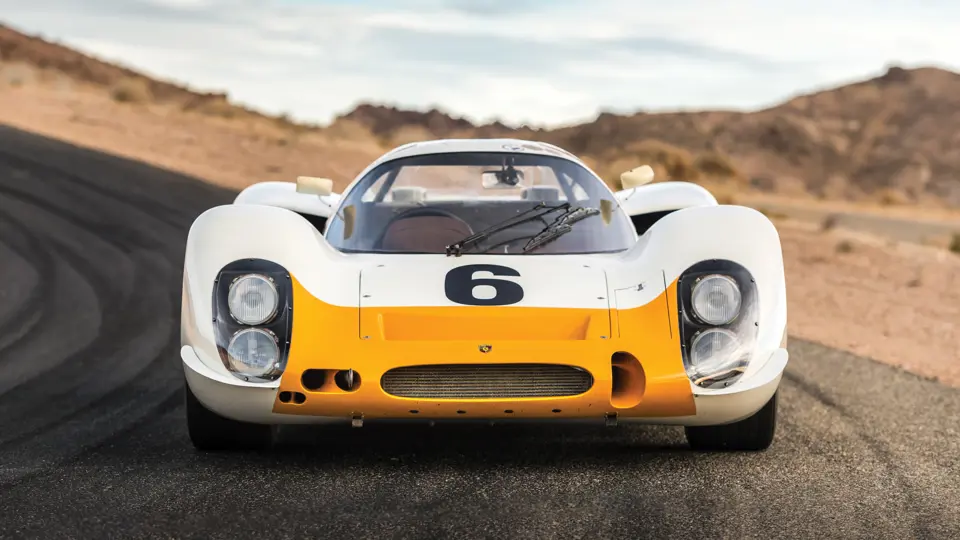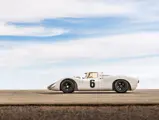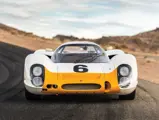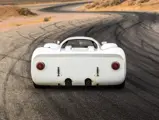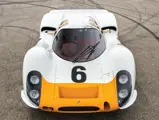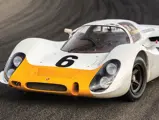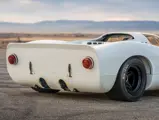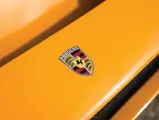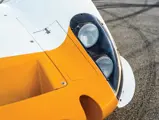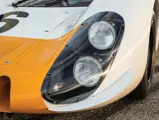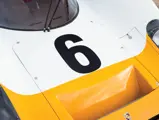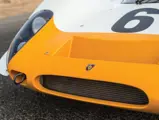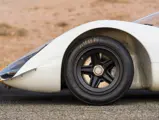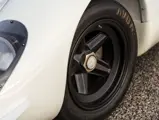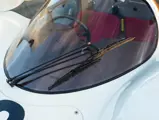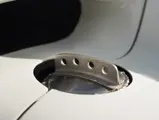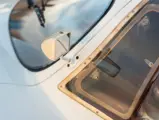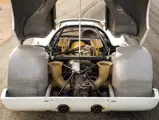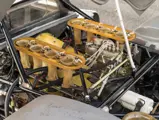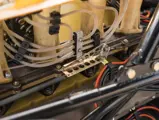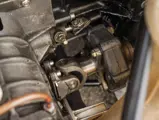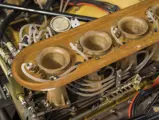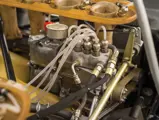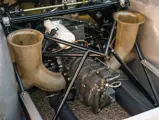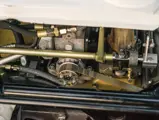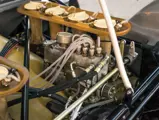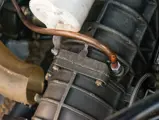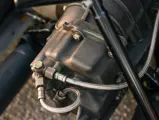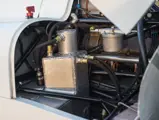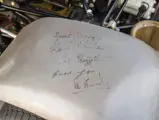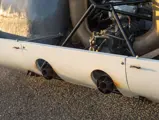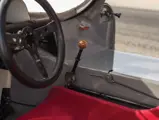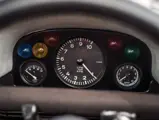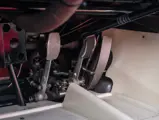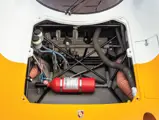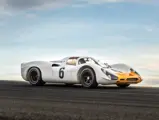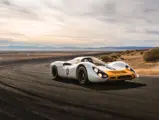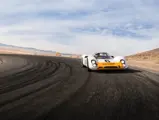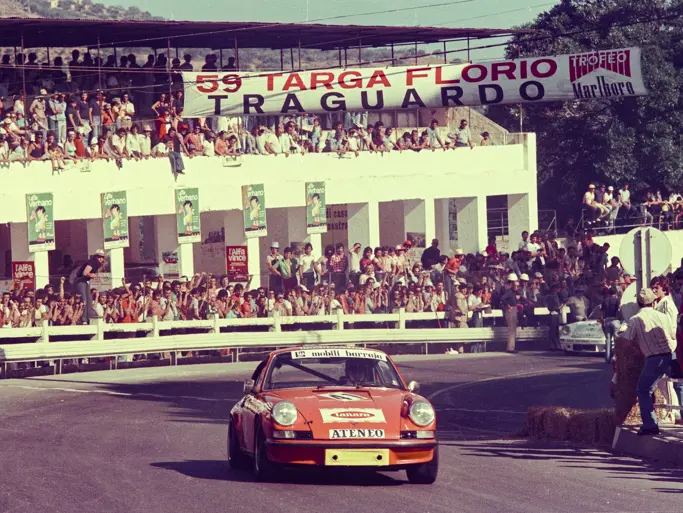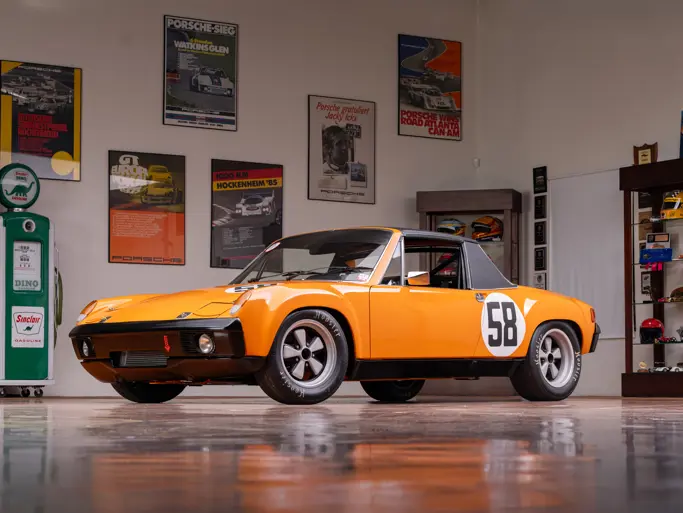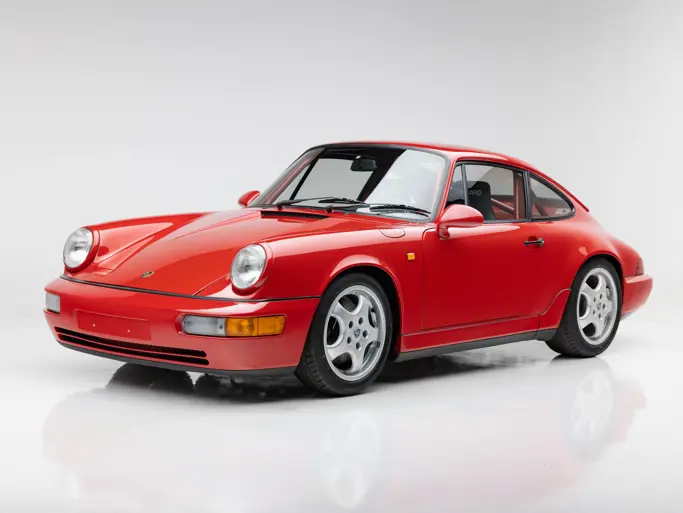
1968 Porsche 908 Works 'Short-Tail' Coupe
{{lr.item.text}}
$2,300,000 - $2,800,000 USD | Not Sold
{{bidding.lot.reserveStatusFormatted}}
- Porsche team entry at the 1968 Spa 1000 KM
- Raced by Porsche greats Vic Elford and Jochen Neerpasch
- One of five 908s with short-tail coupe bodywork
- Original factory chassis, fresh factory 908 engine
- Invited to Rennsport Reunion VI
Offered from a prominent West Coast Porsche collection, this magnificent 908 three-liter racing coupe, chassis no. 908-010, is one of only five to be fitted with special short-tail (Kurzheck) bodywork, and one of two that was entered at the 1000 KM race at Spa, Belgium, on 26 May 1968, the seventh round of that season’s International Championship of Makes series.
The hilly 8.7-mile circuit at Spa is one of the most daunting and treacherous in Europe, and the track is notorious for its changeable weather. Chassis 908-010 was entered in the Prototype 3000 class by Porsche System Engineering as #6 and would be driven by the fearless Vic Elford and Jochen Neerpasch, while its sister, chassis no. 908-011, wearing #8, was shared by Hans Herrmann and Rolf Stommelen. The weather played a huge role in this contest, which saw the 4.7-liter Ford GT40 (Sports 5000) of the brilliant young Belgian Jacky Ickx and England’s similarly talented Brian Redman utterly dominate. In pouring rain, Ickx utilized his car’s superior top speed to seize the lead and simply run away with the contest, putting half a minute on the rest of the field on just the opening lap. Elford, who had qualified 4th, took the first stint in the #6 Porsche, pitting on lap 32 of the 71-lap contest, and turned the car over to Neerpasch.
The downpour continued, and visibility was virtually non-existent. As Elford later recalled in his autobiography Reflections on a Golden Era in Motorsports, “After just a couple of laps he didn’t pass the pits. Since communications in those days were minimal, it was a while before we learned what had happened. On the very fast, sweeping downhill esses at Malmedy, Jochen had slid off the road and knocked down a telegraph pole, part of which then came in through the passenger side window and hit his crash helmet, knocking him out. Fortunately, the car stopped safely at the edge of the road. Jochen was removed and spent the night in the hospital with a slight concussion but no other injuries.” The car, however, was quite damaged. The 908 of Herrmann and Stommelen finished 3rd behind a factory-entered Porsche eight-cylinder 907.
The 908’s mid-mounted engine was essentially a larger version of that used by the 2.2-liter 907. When in 1967 the FIA announced new rules for Group 6 Prototype Sports Cars limiting engine size to 3,000 cc, Porsche began development of a new eight-cylinder boxer motor. It was the first racing engine from that company to meet a class displacement maximum. Work progressed rapidly, and the new engine made its first appearance during Le Mans testing in April 1968. The earliest versions of the all-alloy, dry-sumped, twin-ignition, four-cam, eight-cylinder boxer engine were subject to severe vibration, an issue resolved by changing the firing order and using the 66-mm crankshaft of the 907. With Bosch Kugelfischer indirect fuel-injection and 10.4:1 compression, the engine produced upwards of 350 hp at 8,500 rpm and 232 foot-pounds of torque at 6,600. Scaling barely more than 1,300 lbs., the 908 enjoyed a dazzling horsepower-to-weight ratio. Porsche would build 31 examples of the 908 from 1968 to 1973 in both long-tail and short-tail coupe and Spyder configurations.
After Spa, 908-010 was returned to the factory where it was disassembled and put into storage. Eventually the chassis and body were sold to a Swiss collector. Decades would pass before the car was tracked down and purchased by American Porsche specialist Dale Miller on behalf of Florida racer and collector Bill Ferran. The chassis and body were brought to the U.S. and entrusted to prototype expert John Corson of Pine Plains, New York, who sorted through many boxes of parts and began a lengthy restoration around 1999. The primary damage was on the right side where the car had impacted the telephone pole. Corson restored the original steel spaceframe chassis (lighter aluminum alloy was used beginning with 908-012), replacing the damaged portions of tubing, and tracked down missing parts, including a series-correct, factory-original flat-eight three-liter engine and a correct 908 five-speed transaxle, the former being acquired from the Vasek Polak estate. Most of the original fiberglass body panels had survived largely intact, and Corson repaired parts as required.
The car was painted its original factory color of white and sent to Florida barely in time for the 2004 Rennsport Reunion at Daytona International Speedway. There, the owner took the car out for several demonstration laps and then placed the car on display. Elford and a number of other Porsche factory racing drivers autographed the underside of the rear engine cover. In December 2006, Cameron Healy of Portland, Oregon, purchased the car and brought it to the West Coast where it has been actively raced in vintage events.
During the tenure of the present ownership the car has been meticulously maintained jointly by Rod Emory of Emory Motorsport in North Hollywood, California, and Jeff Gamroth of Rothsport Racing of Sherwood, Oregon. Gamroth performed all the suspension set-up adjustments for the car and freshened the factory engine in 2016. It has not been raced since. Receipts for the recent engine work by Rothsport Racing are available for review, along with Corson’s detailed restoration photos and receipts.
Today, this historic and potent machine is presented in its original white factory paint scheme, along with the number “6” and broad yellow identification stripe across the nose. The fit and finish on the car are described as excellent. It was featured in the North Carolina Museum of Art’s acclaimed exhibit Porsche by Design: Seducing Speed from October 2013 to January 2014 and is included in the lavish coffee table book that was printed for the event.
More recently, 908-010 was awarded Best in Class at the Forest Grove, Oregon, Concours d’ Elegance in July 2016 in a special group of Porsche race cars judged by Miles Collier and Dr. Julio Palmaz. This stunning Porsche prototype was a participant at numerous Rolex Monterey Motorsport Reunions (2007–2010), Rennsport Reunions II and III at Daytona, as well as RS IV at Mazda Raceway Laguna Seca. The car received its FIA HTP in April 2010. Chassis 908-010 has also been accepted for competition at Rennsport VI at Laguna Seca this September, and that entry should be transferrable to the new owner. The Schroth racing harness set is of the HANS type and was replaced in 2014; a new fuel cell was mounted in 2004. Chassis 908-010 is supplied with a spare set of correct light-alloy center-lock wheels and their special socket.
This factory-built Porsche prototype recalls a brilliant chapter in the company’s wonderful history of creating world-beating racers and is an extremely rare opportunity for a dedicated marque enthusiast to acquire a historic “Plastic Porsche” raced by some of the company’s greatest drivers. It would surely claim pride of place in any collection of important Porsche competition cars, and it remains eligible to compete in vintage racing events all over the world, including Le Mans, Daytona, and Sebring, amongst countless other events.




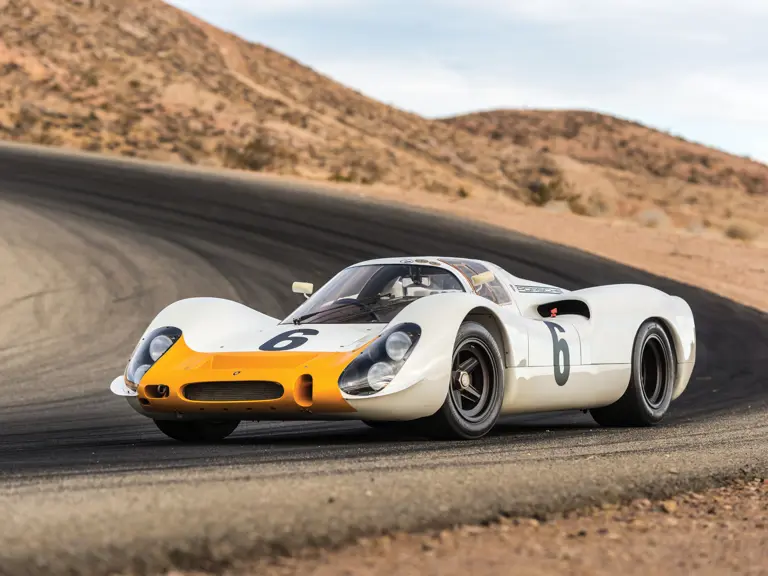

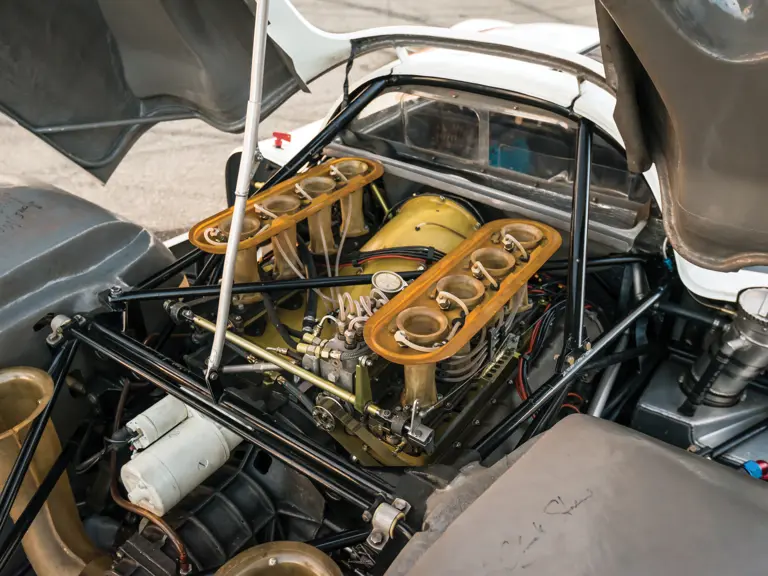


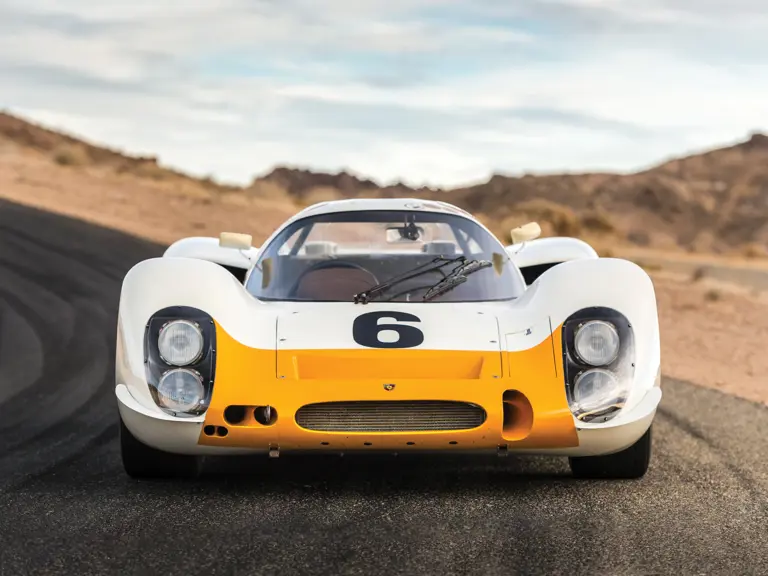


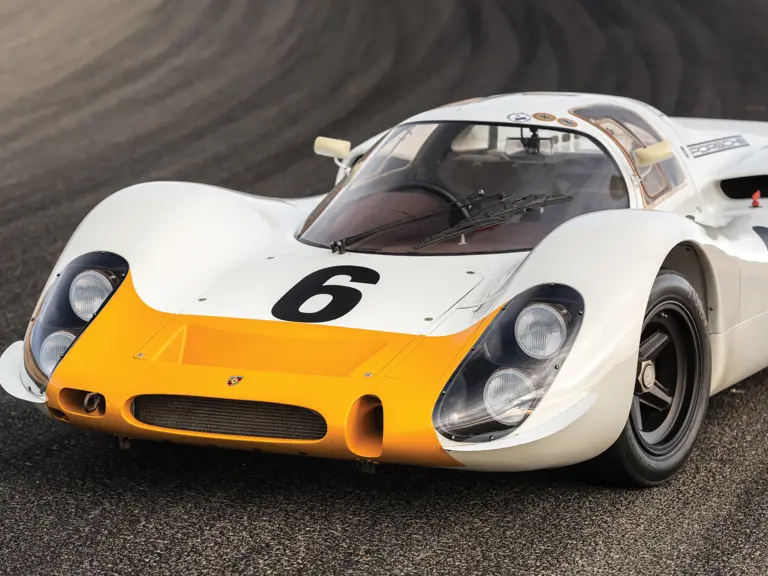


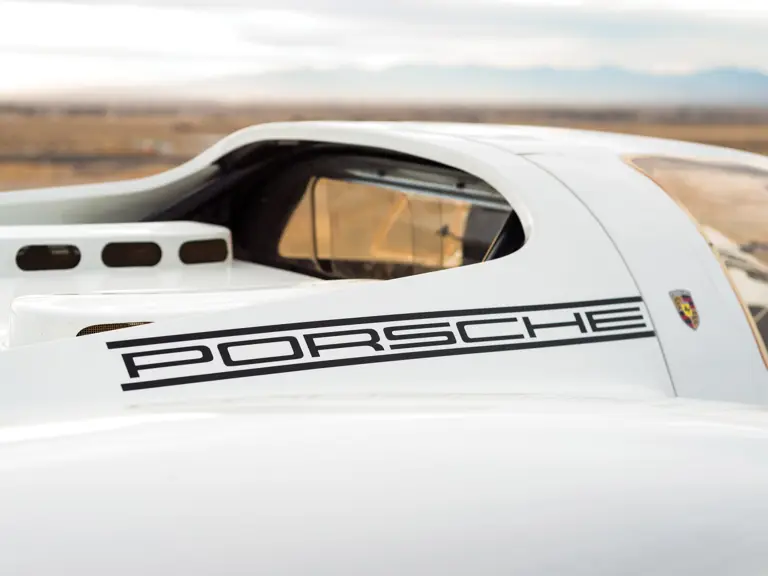

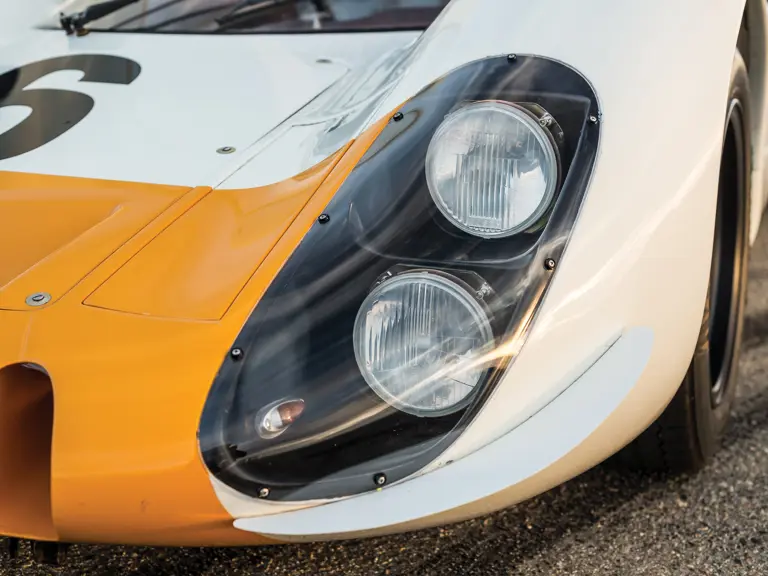
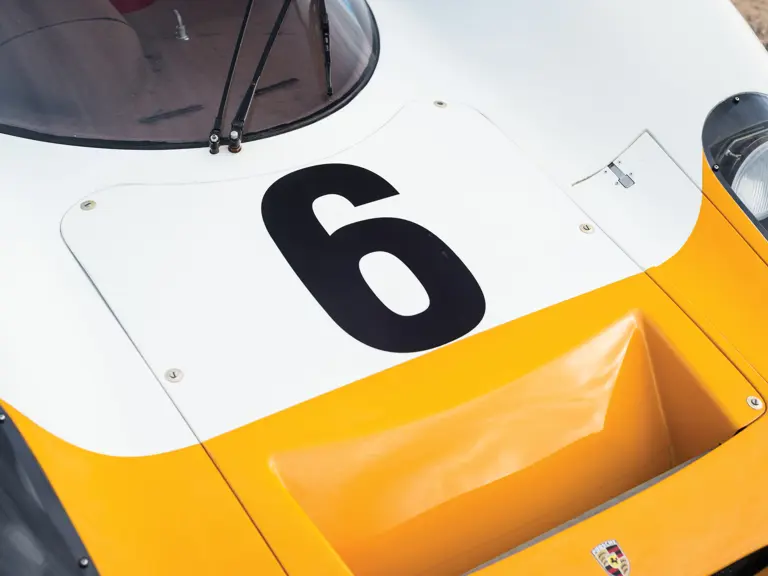

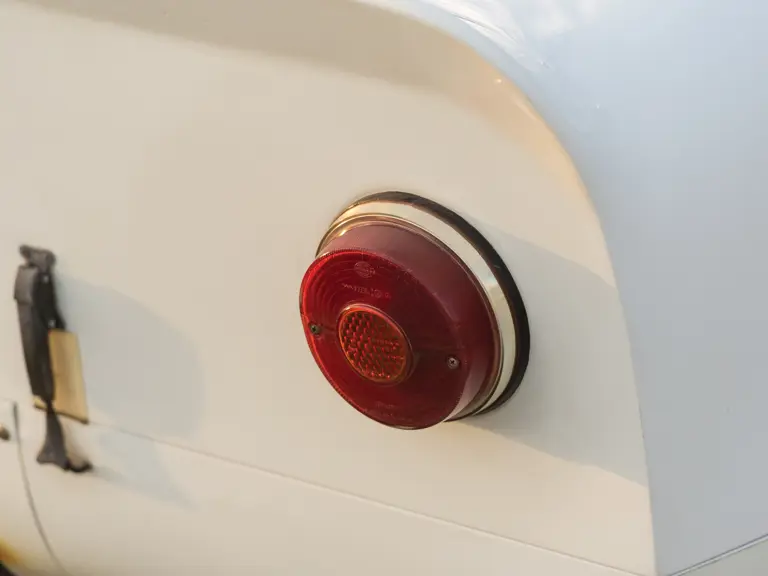
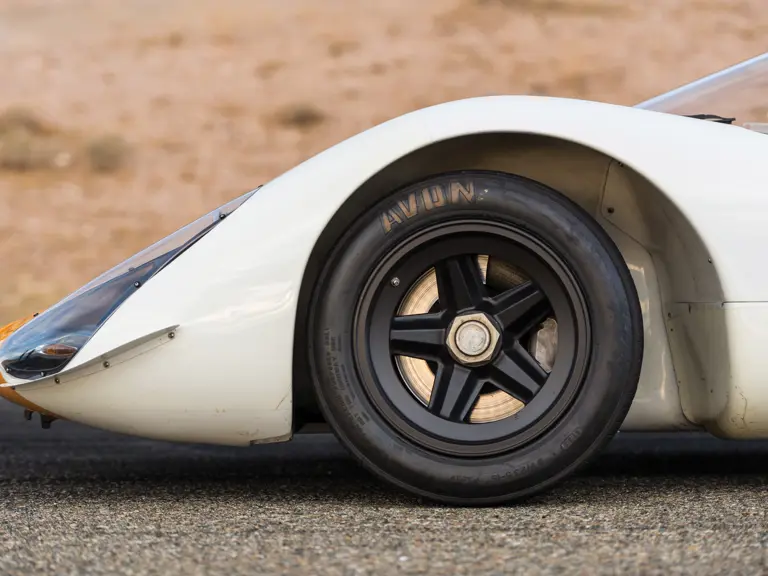
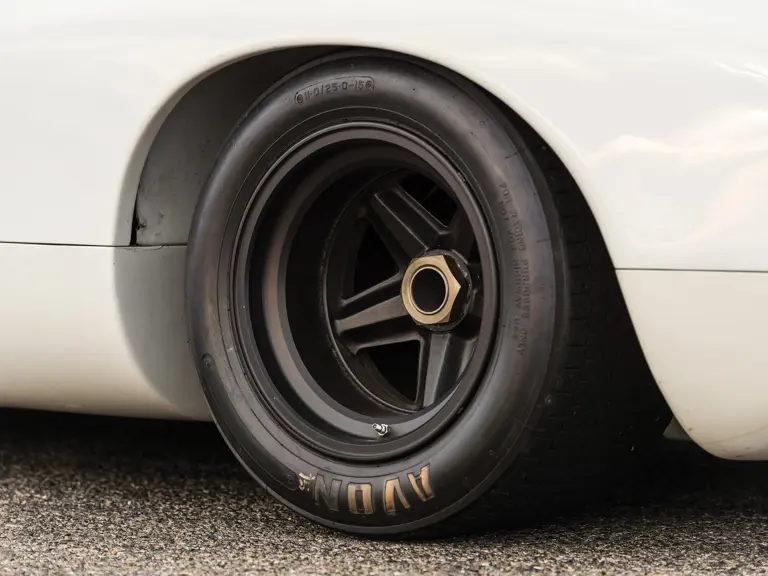
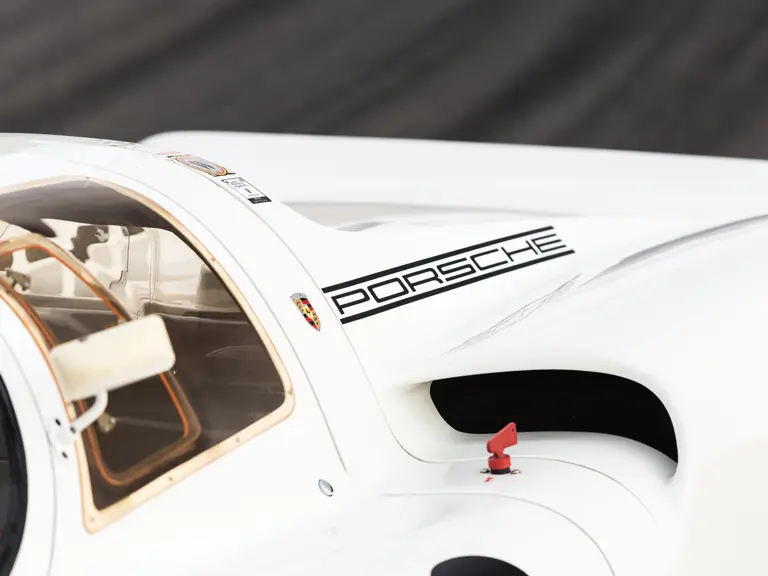



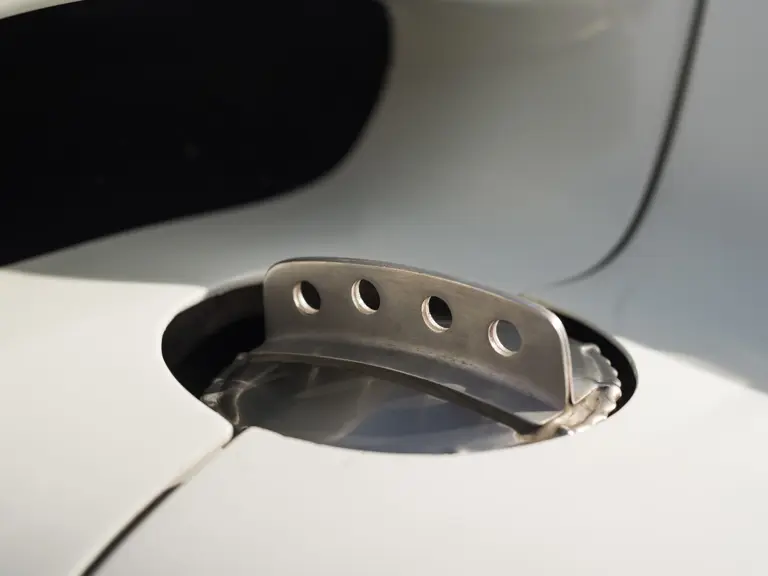
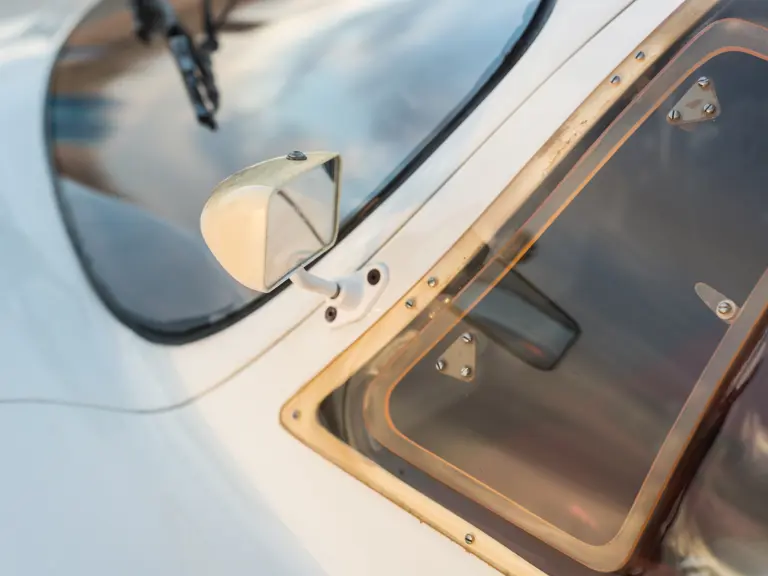
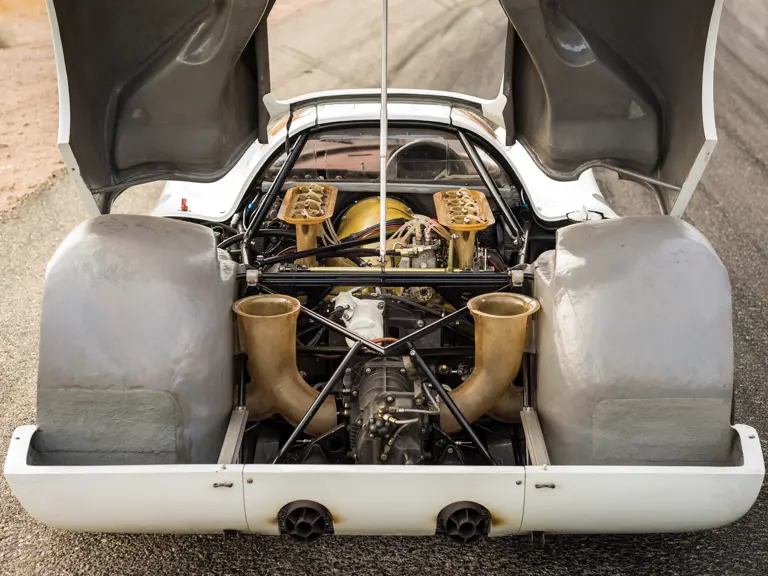
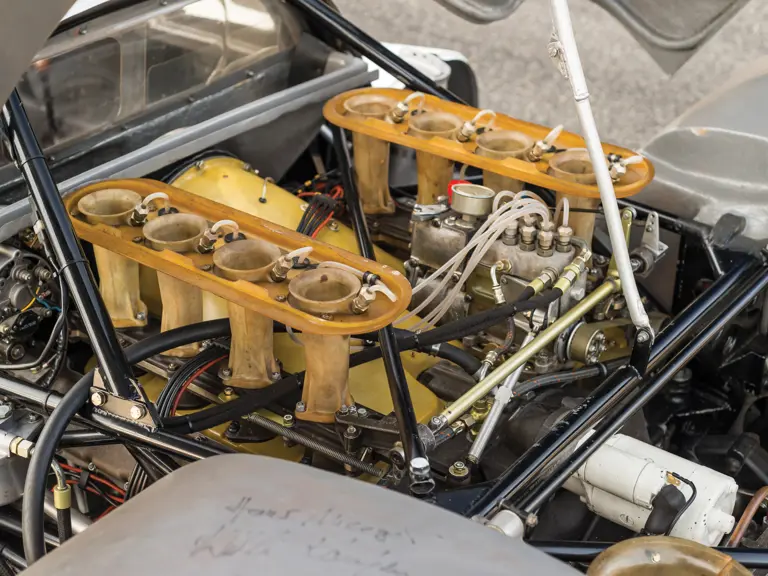
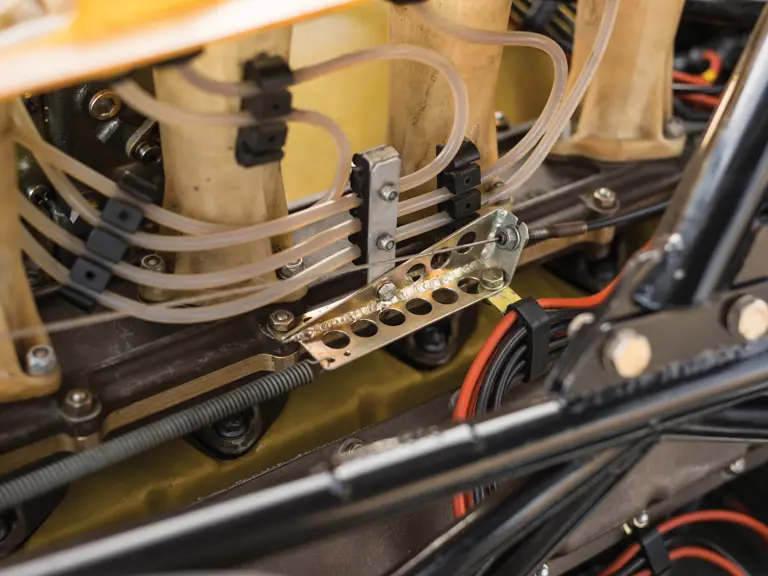

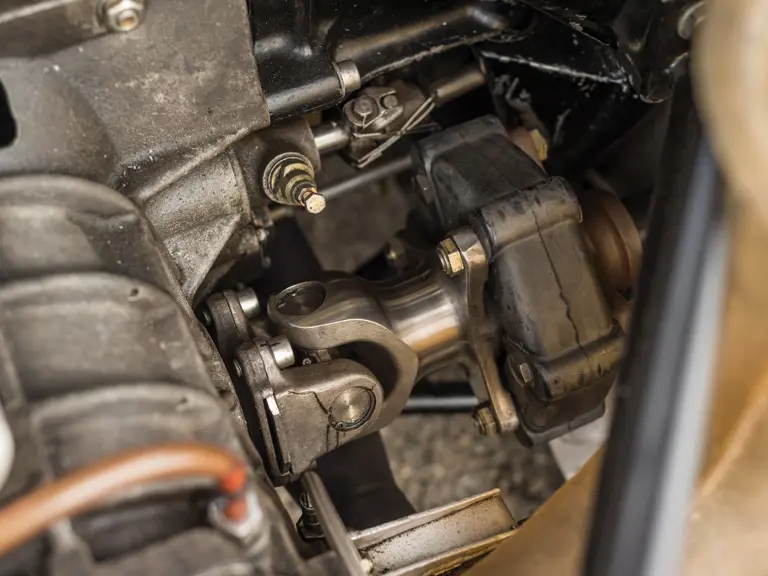



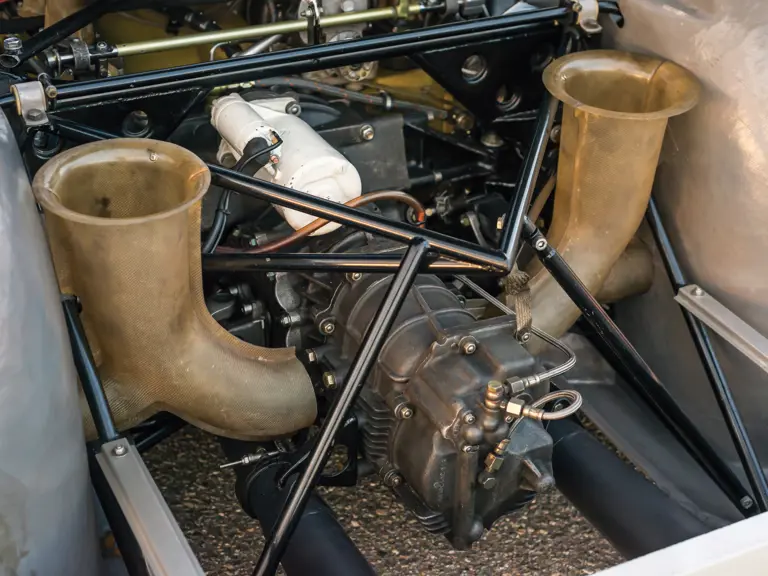
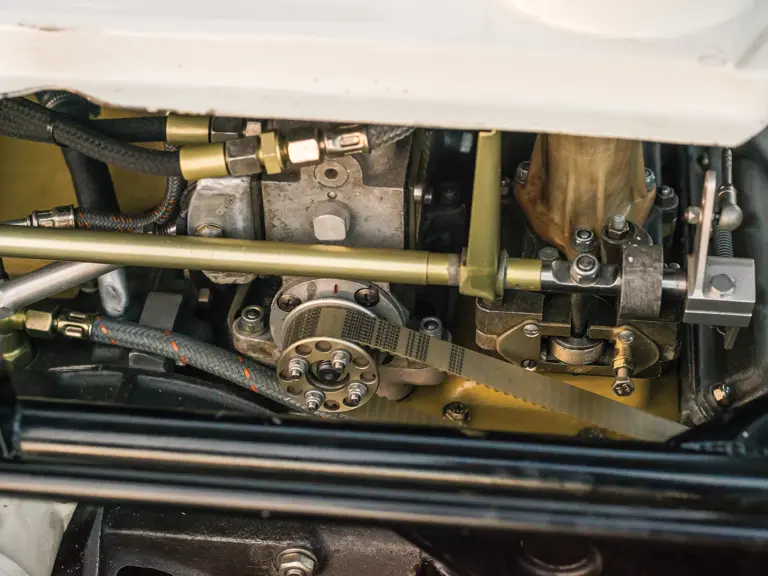

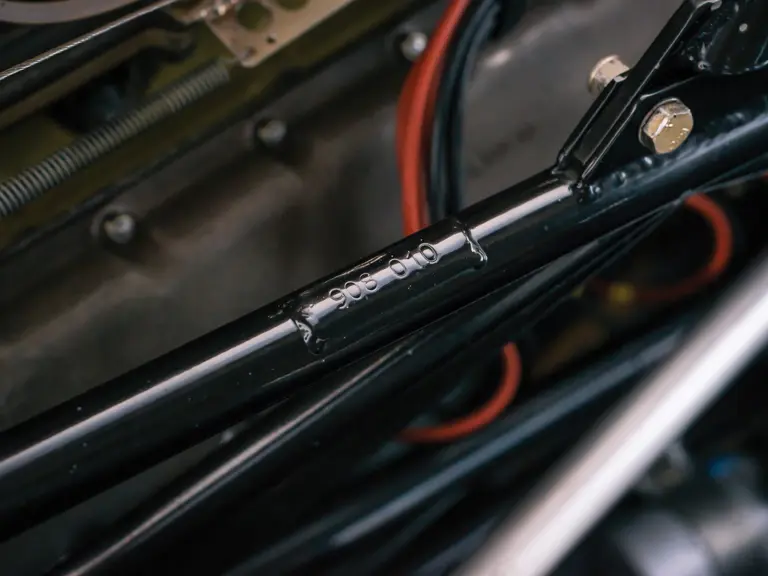


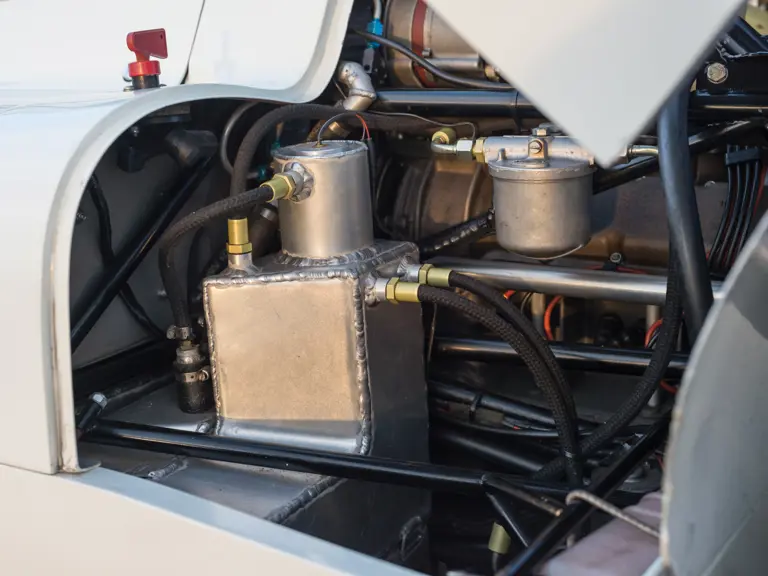
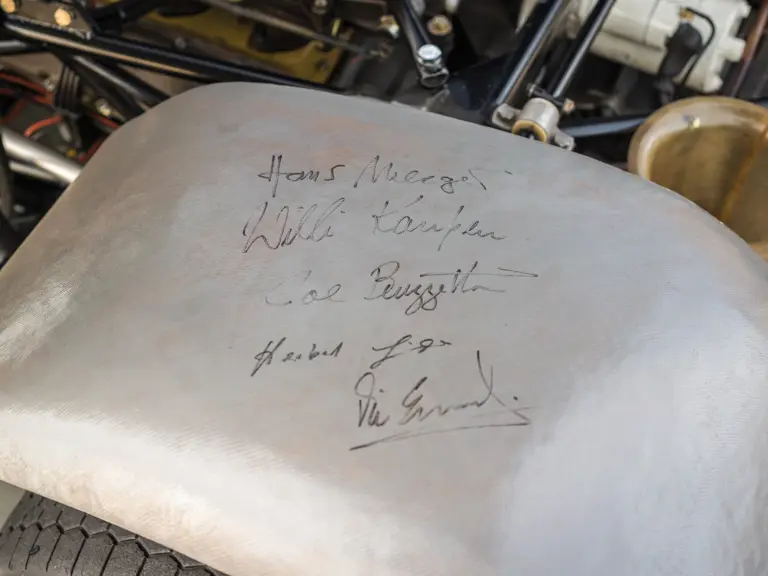
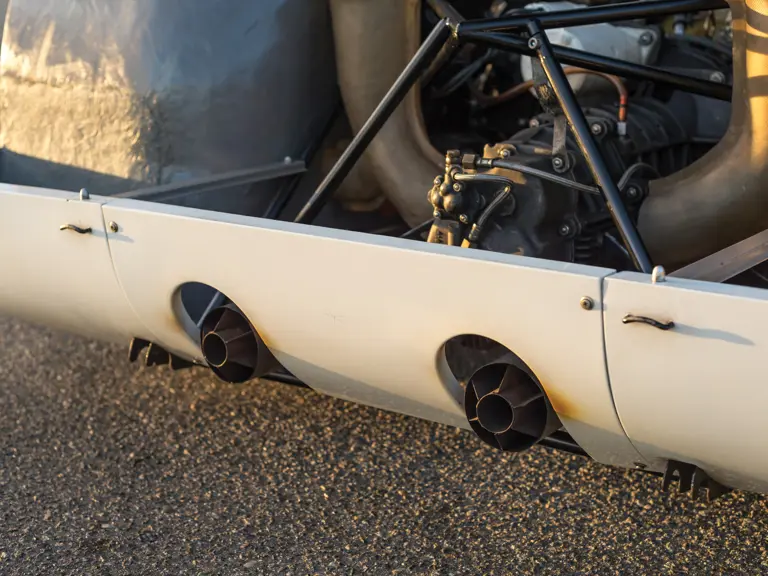

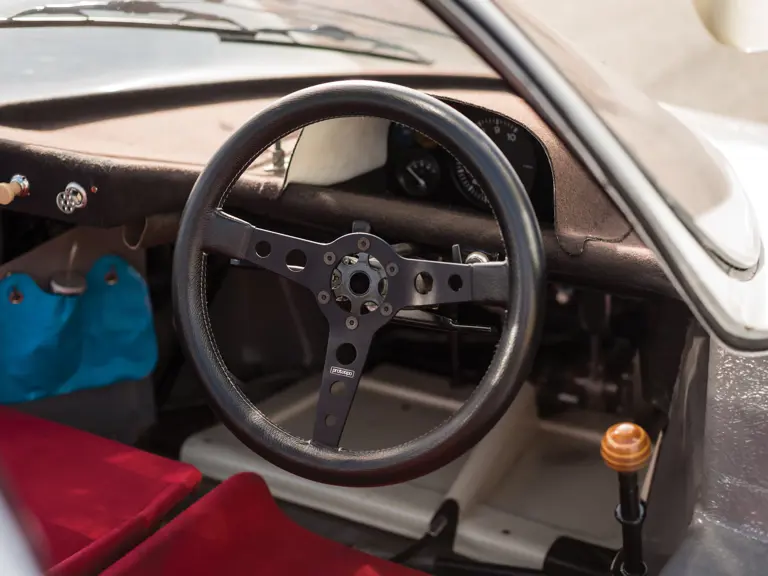
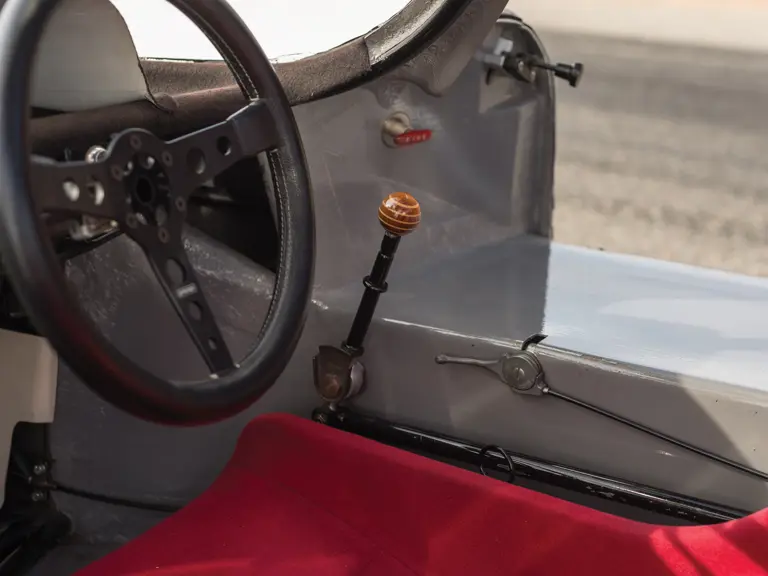
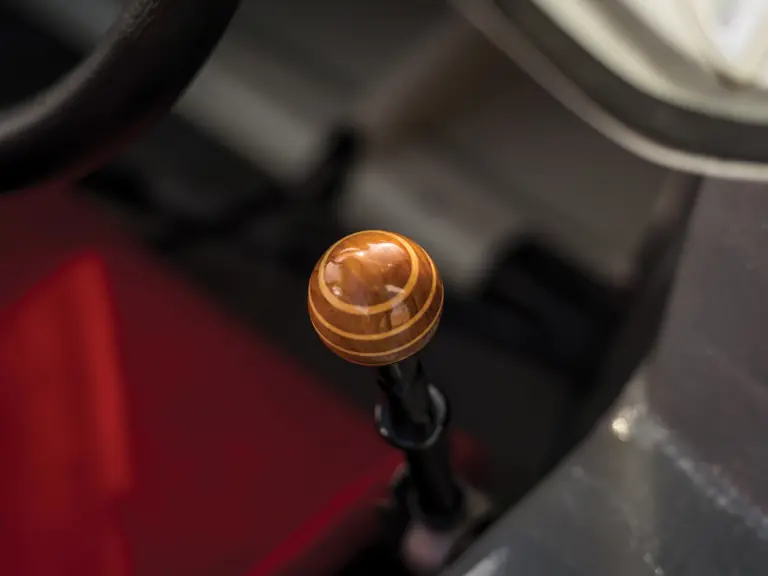




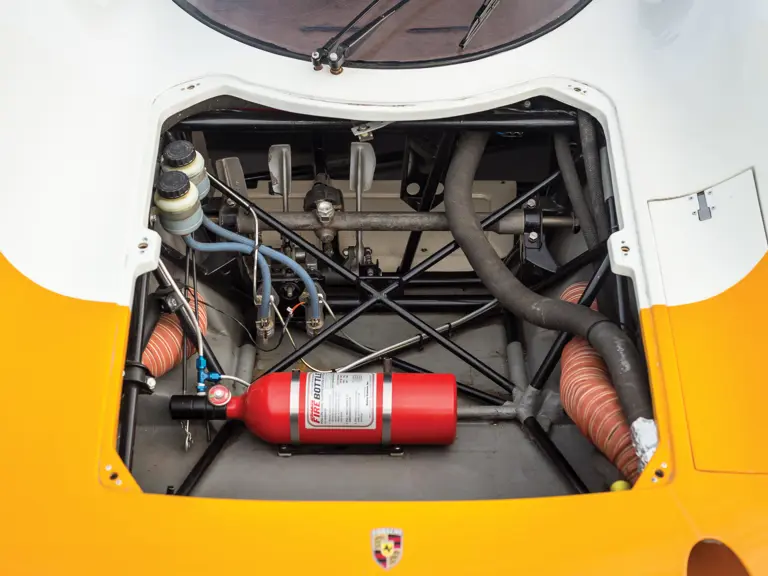

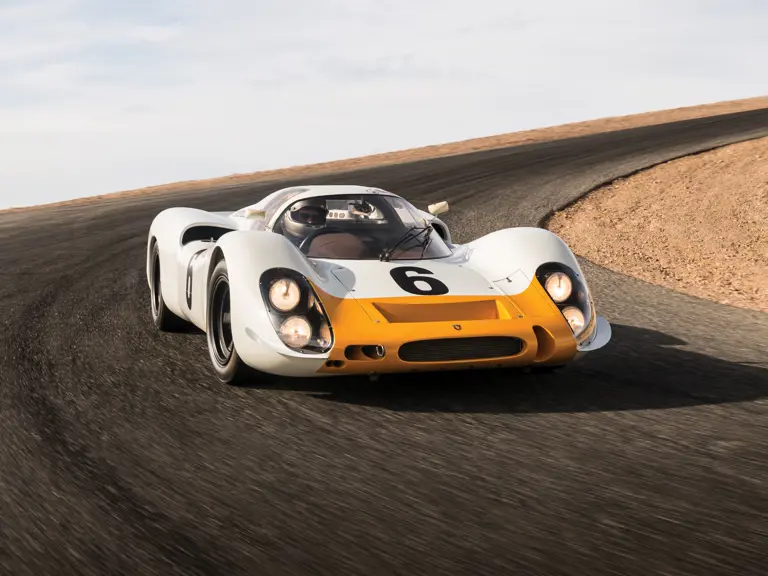
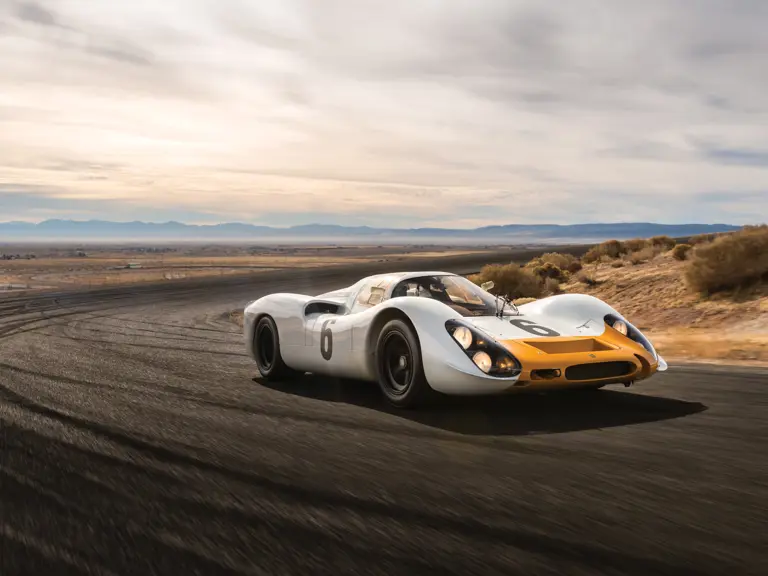

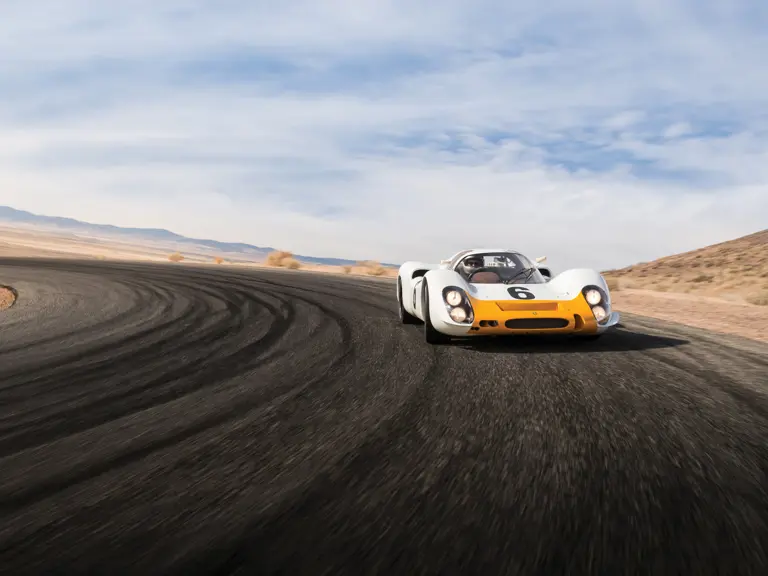
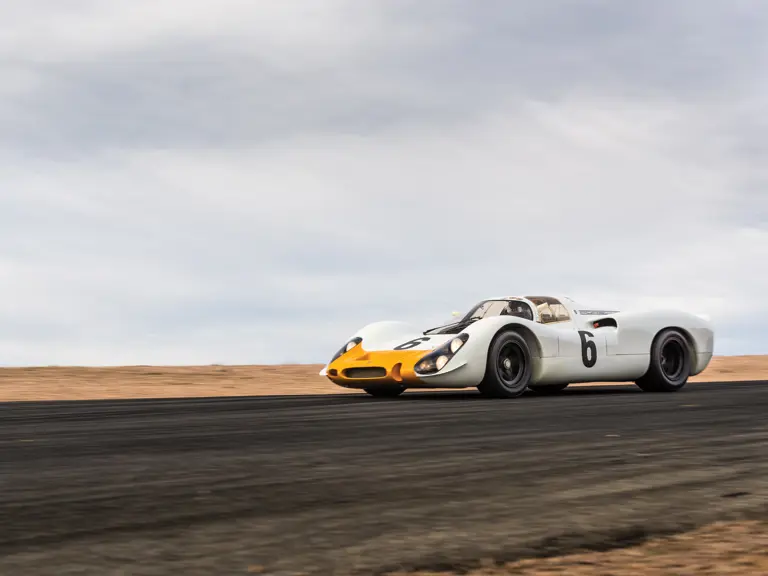
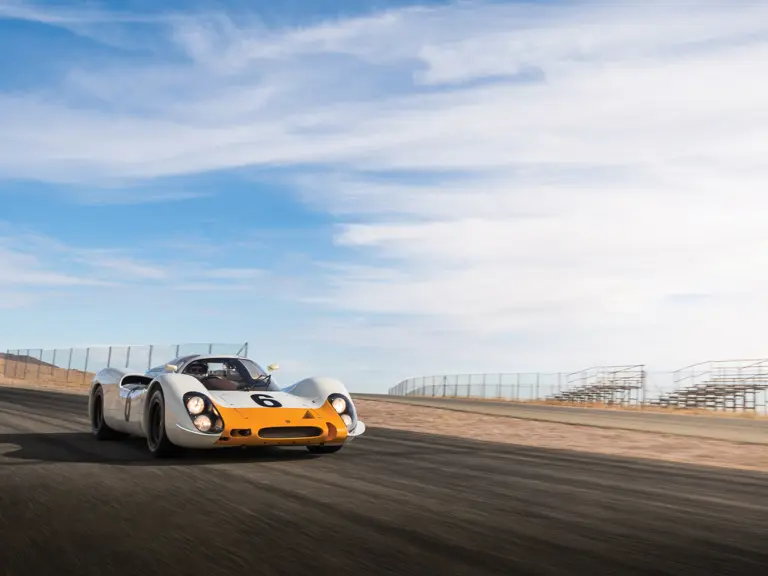
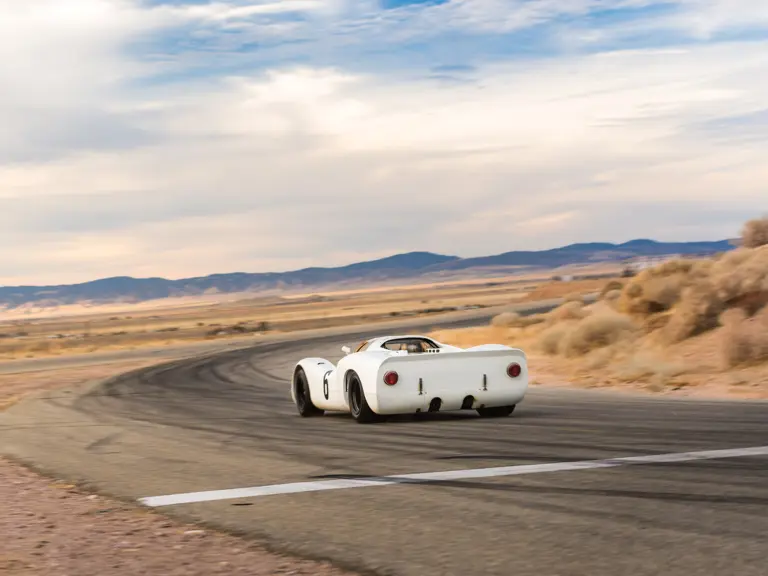


 | Monterey, California
| Monterey, California
